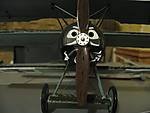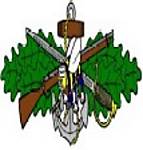Blue: Slow drying, easy spreading putty. Provides more working time than 3M™ Acryl-Green Spot Putty, part number 05960. Recommended for filling minor low areas and deeper sand scratches. Loads paper less and can be sanded in 30 minutes.
Green: Fast drying, easy sanding putty designed for spotty repairs. Spreads very easily. Loads paper less and can be sanded in 10 to 15 minutes.
Red: Good general purpose putty. Fills small pinholes and scratches. Spreads and sands easily, dries fast, has minimum shrinkage and excellent adhesion. It loads paper less and feathers out to a smooth surface.
SUPER Red: 3M™ Super Red Putty is an excellent glazing putty, easy to spread and self-leveling. A nitrocellulose putty with long working time and minimal shrinkage. Feathers out to a smooth surface. Sands easily even after overnight drying.
Visit the 3M website for more information.









































